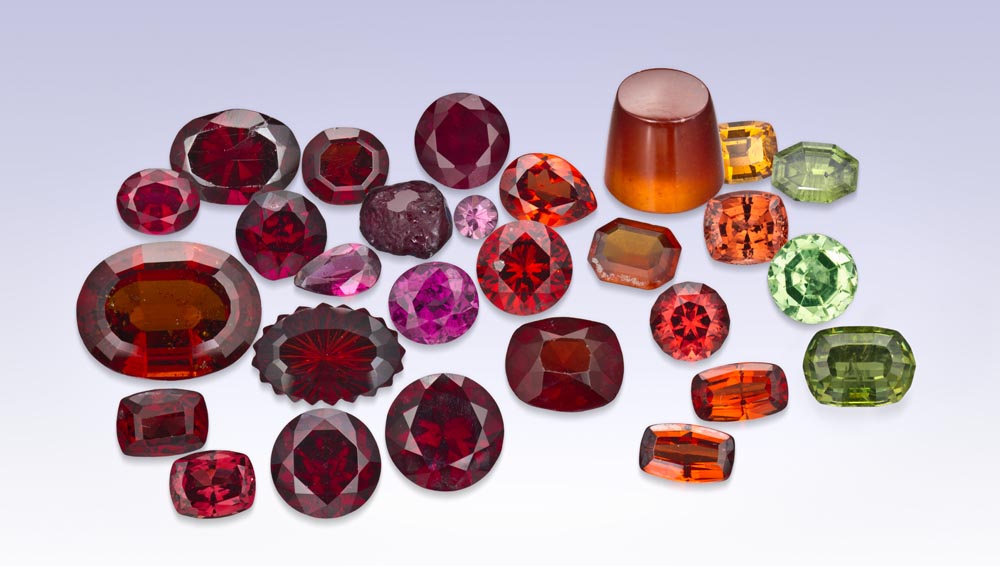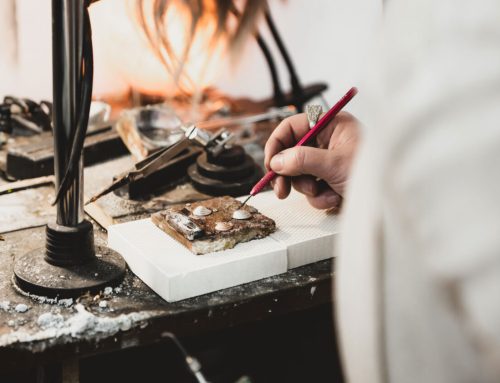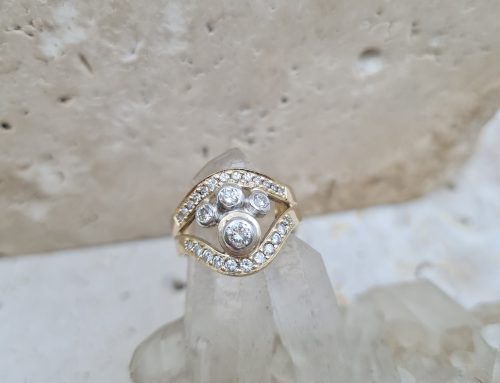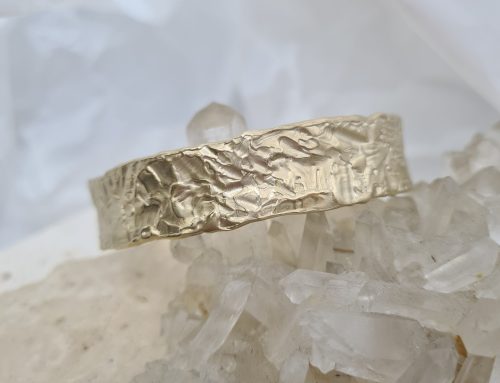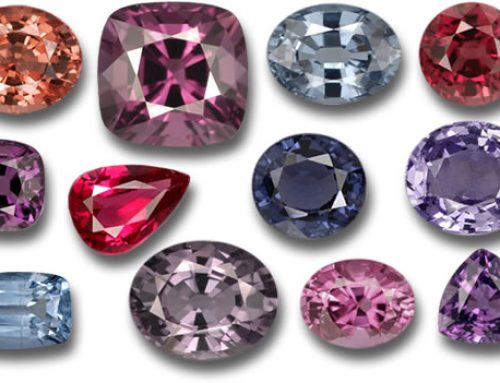One of Nicole’s other gemstone loves is the humble garnet. We accumulate lots in our workshop stash as they come in so many colours (yes, garnet is not just red!). Let’s take a closer look at garnet– the different types (yeah, there’s a bit of chemistry unfortunately), our favourite garnet types, and how Australia plays a big role in the garnet production industry.
The term ‘garnet’ isn’t just one type of stone; it refers to a whole group of minerals with complex, but similar chemical compositions. The elements contained within these minerals are how we classify them (and often what gives them their colour). When studying gemmology, garnet was by far the hardest gem for me to get my head around, so to put it into simple terms, the group has two ‘series’ (or sub-groups), in which each type of garnet falls into. There’s a series where aluminium is involved, and a series where calcium is involved. There are then three main types of garnet in each series, BUT a garnet may not be 100% one type of garnet, rather a mix of more than one, AND sometimes they can even cross over into the other series! (I know, it gets confusing). On the next page is a list of the main types of garnet, and their standard colours.
TYPE and COLOUR
Pyrope: Red to purplish red
Rhodolite: a mix of pyrope and almandine! Light purplish red
Almandine: Brownish red to purplish red
Spessartine: Yellowish orange
Grossular: Green, or brownish yellow/brownish red
Andradite: Green, black or yellowish/orangish brown depending on subtype
Uvarovite: Deep green
If you’ve followed along with this, congrats! Now let’s talk pretty stuff…
Demantoid garnets are by far my favourite as they are such a bright green and have cool inclusions that are nicknamed horsetails for their appearance. The largest deposits are found in Russia and Namibia, with the Ural Mountains in Russia containing the most highly regarded material.
Nicole could not decide between two types (sounds like her!). Her “favourite” is rhodolite because you can find it in outback Queensland where she is originally from, and because it has such vibrant colours. She wouldn’t mind having to work with spessartine instead though – the bright ‘fanta’ orange colour in some types is mesmerising.
Australia produces more than half of the world’s garnets; most is low quality material that is used in industry (did you know that high quality sandpaper sometimes contains garnet?). One place almost everyone has heard of is the Harts Range, NT. This area is well known for being the largest source in the world for alluvial garnet, although large garnet deposits are also found in QLD and NSW.
Rock on!
Sarah x
Image Credit: GIA
